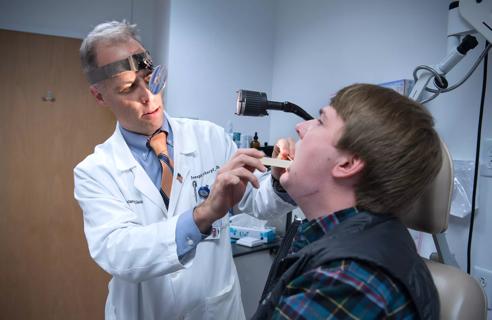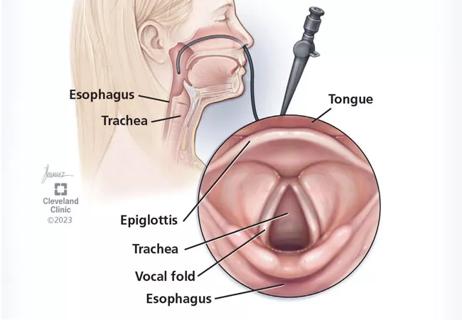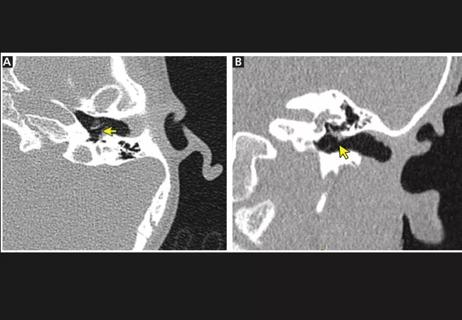Advertisement
Insights on this fairly prevalent problem

By Michael S. Benninger, MD, Chairman of Cleveland Clinic’s Head & Neck Institute
Advertisement
Cleveland Clinic is a non-profit academic medical center. Advertising on our site helps support our mission. We do not endorse non-Cleveland Clinic products or services. Policy
Dysphonia (or hoarseness) is an understudied disease. Some investigations have found voice disorders affect about 1 percent of the U.S. population, but few have looked into the details of demographics, specific diagnoses, costs and other particulars.
To delve more deeply into how dysphonia affects the population, I recently led a retrospective study, published in the April 2017 issue of Journal of Voice, using information from databases that tracked the insurance billing of 146 million Americans from 2008 to 2012.
My co-authors and I found a 40 percent increase in dysphonia diagnoses—from 1.3 percent to 1.7 percent of the population—during that time period, with 3 million laryngoscopies and stroboscopies performed at a cost of $900 million. Over a lifetime, these numbers would be expected to be substantially higher.
We also discovered that specific voice disorders correlated to age groups. Younger patients, for instance, were more likely to be diagnosed with acute laryngitis, while older patients were often diagnosed with more serious disorders such as laryngeal cancer.
We don’t know if there is truly a rise in acute laryngitis or if younger people today are going to their doctors more often with voice concerns. One theory we have is that younger workers are more likely to find jobs in the service sector rather than the manufacturing industry, and service jobs require using one’s voice more often.
Advertisement
The rise in more serious voice disorders among older Americans is most likely due to the aging population. As you grow older, you have a higher risk of developing cancer or vocal fold paralysis. Also, people are getting more high-end surgical procedures, such as carotid artery surgery, where the nerve to the larynx is at risk of being injured.
We also found that specific voice disorders correlated with professions. Service workers, for instance, were 2.6 percent more likely to be diagnosed with benign laryngeal papilloma than the general population, while manufacturing workers were 1.4 percent more likely to be diagnosed with laryngeal cancer.
The higher cancer rates of manufacturing workers may be due to higher smoking rates among people in that industry. The higher number of benign laryngeal tumors (most commonly papilloma cases) among service workers may be linked to many service workers being employed in the healthcare industry where they can be exposed to airborne strains of the papilloma virus.
We found the latter to be one of the most interesting things we uncovered. Given the interest in HPV-related diseases now, I think it’s important to pay attention to this. With the larynx, we don’t see aggressive strains of HPV very often but we do see them, and it raises the question, “Should all healthcare workers be immunized for HPV?”
I am immunized for it. I know it’s an expensive vaccine, but given that HPV vaccines can prevent this significant cancer type, why not vaccinate people, particularly if we’re seeing an increased prevalence of papilloma disorders?
Overall, I think our study sets the framework for people to understand that dysphonia is a relatively prevalent problem, that it’s not without significant healthcare expense, and that many of these problems are preventable.
It would be worthwhile to do a 10-year follow-up study on dysphonia prevalence to see if there’s a drop in laryngeal cancers due to aggressive anti-smoking campaigns and to see if there’s still a rise in laryngeal papilloma.
Advertisement
Advertisement

Looking at short-term outcomes in a high-risk population

Recommendations look to change mindset with CI referrals

Research aims to better understand the tumor immune micorenvironment

Research could help direct care pathways for patients with unexplained swallowing difficulties

Strong communication with the patient and a thorough approach are essential

Cleveland Clinic physicians weigh in

New research adds to understanding of an understudied link

The rare condition can cause structural damage if untreated